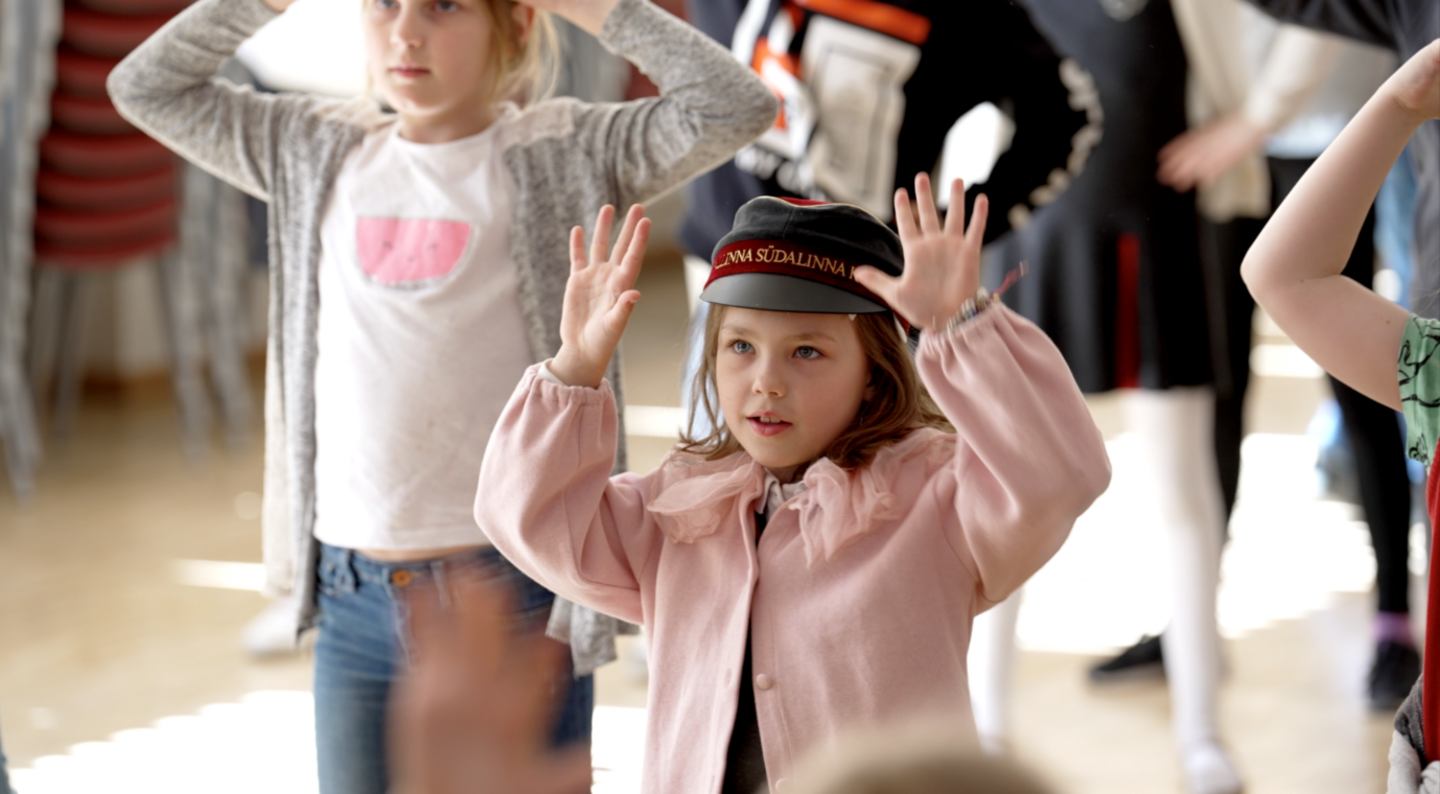The core mission of the project is “Increasing physical activity of schoolchildren". But it's more than just a tagline. This project is about crafting a school culture where children are encouraged to move, play, and engage in physical activity all day. This isn't just physical education classes, it's about turning recess into a festival of motion, lessons into interactive playtimes, and corridors into pathways of discovery.
I like movement because it helps me focus in class. A student at the Tallinna School in Estonian
Incorporating health and sports into children's school education is vital. These elements not only promote physical fitness but also cultivate discipline, teamwork, and resilience.
At the heart of the initiative lies the Model of Schools in Motion (SiM). Through rigorous development and validation, SiM aims to not only be a set standard for schools but also a set of principles that teachers, students, and parents can rally behind. It's already making waves across Estonia, with numerous schools adopting its principles and best practices.
This project is supported through the EEA and Norway Grants local development programme in Estonia which aims to build a unified and enduring society. The programme helps confront some of the challenges threatening Estonia's social fabric – from health concerns and educational shortfalls to social welfare. Central to this programme is the enhancement of the well-being of the nation's children and youth, tackling gender-based violence, bolstering the healthcare system, and breathing life back into its rich cultural heritage.

As Maarja Park from the Move Lab at the University of Tartu in Estonia explains it, “the concept of Schools in Motion originated from a very simple question: How can we create more opportunities to be active in the flow of a normal school day? With support from the EEA Grants, we now have 201 secondary schools in Estonia that have integrated an extended implementation model that incorporates outdoor and indoor activities for student and teachers.”
From learning to moving
To ensure the project's success, there's a robust support system in place. School teams receive training and counselling to take in the movement-centric culture. Teachers aren't left behind – they're trained on methods to make lessons more active and engaging. Physical education teachers are given tools to weave activity throughout the day. Moreover, a unique touch is the training of pupils to act as “play leaders”, championing the cause of activity among their peers.


From classrooms to playgrounds
The infrastructure plays a part too. Schools receive guidance on designing both indoor and outdoor environments that prioritise motion. This, coupled with advanced monitoring tools and evaluation systems, ensures that the project doesn't just start strong but remains sustainable.
For this initiative, supported by Iceland, Liechtenstein and Norway, we have given Estonian schools evidence-based guidelines for an active learning programme. Lise Kjonniksen, Associated Professor PhD at the University of South-eastern Norway (partner in this project)
Importantly, the project isn't isolated. It's a collaborative effort that sees exchange of best practices with Donor State experts, national, and international advocates in the field. “There is a really good collaboration with Norway. We have comparative studies of students’ perceptions within physically active lessons,” explains Maarja Park.

So, why does this matter? Because every child deserves the chance to move, to play, and to grow in an environment that cherishes their health and development. This initiative in Estonia is more than just a project - it's a blueprint for the future.
Curious to see how the ripple effects of such initiatives can shape our world? Dive deeper into the impactful projects supported by the EEA and Norway Grants. And if you're inspired, consider joining hands here.
Find out more about the project here, and about the local development programme here.

This article is part of the #OurStories campaign. The campaign looks at the vast variety of inspirational stories of projects and connections made possible through the EEA and Norway Grants. We will be sharing these stories on this website through articles and videos published on social media and Youtube. More importantly, #OurStories is a platform for the thousands of project participants who have in one way or the other been involved in projects made possible by the EEA and Norway Grants.
Follow us on social media(@EEANorwayGrants) to stay up-to-date on #OurStories and find more stories here.


